Color Blocking in Visual Merchandising
Visual merchandising is something that we come in contact with nearly every day, even if we do not realize it. We see color blocking everywhere we go. From the grocery store, when we look at displays, and even when we look at advertising. There are a few reasons why color blocking is so effective. Taking the time to learn more about it and its purpose can help us understand why it works so well!
What is Color Block in Visual Merchandising?
When you think of color blocking what do you think it means? This is the process of using colors, as well as specific color combinations, to draw the attention of the shopper. Either one particular item or one particular area on the shelf will showcase the use of color blocking. Think of the last time you visited the grocery store. Another great example of color blocking is how Oreo’s use a bright blue packaging. This wrapper color allows the consumer to notice the color blocking of the black and white Oreo’s. We as a group of consumers have come to associate Oreos with that bright blue packaging and the monochromatic cookies!
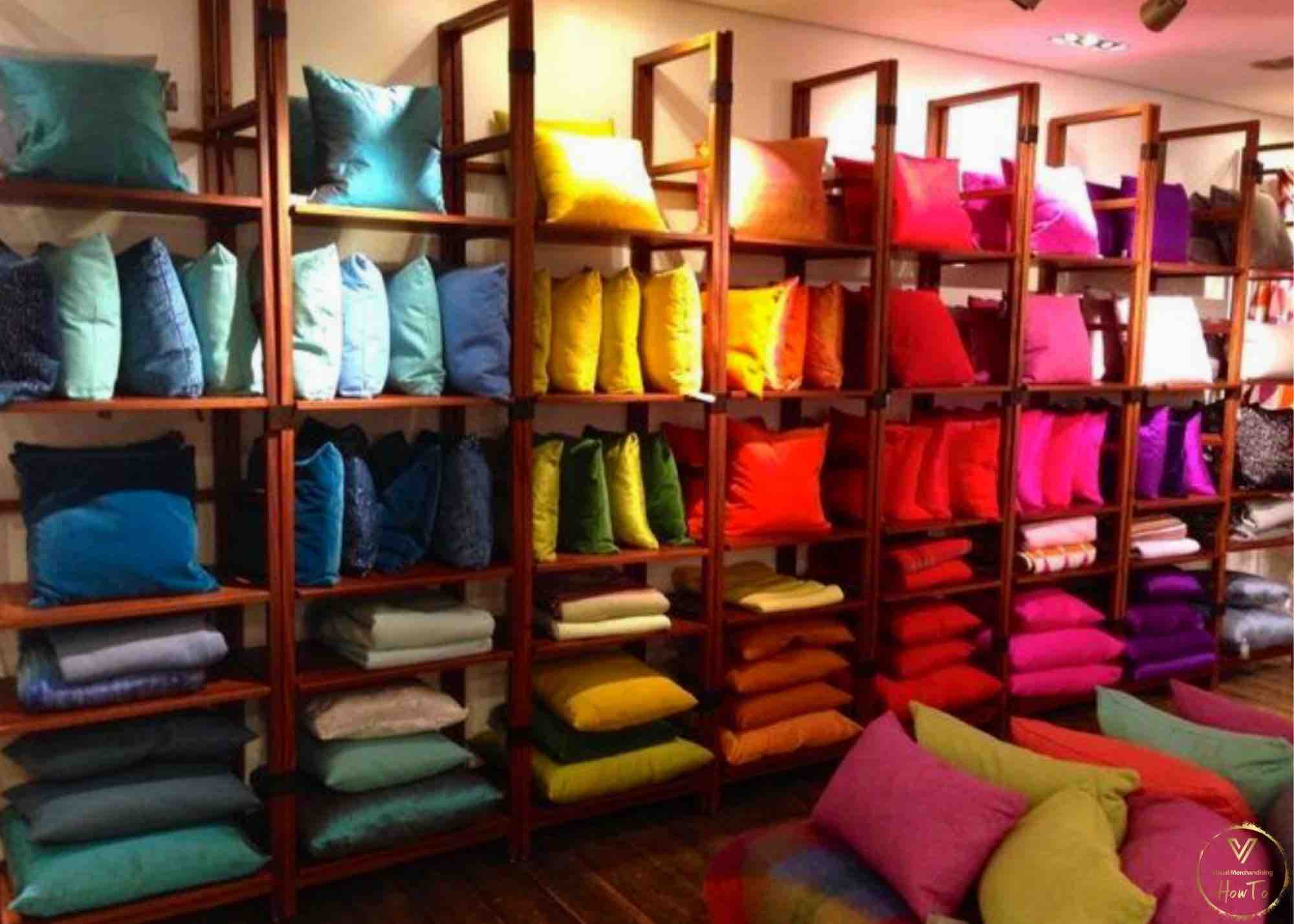
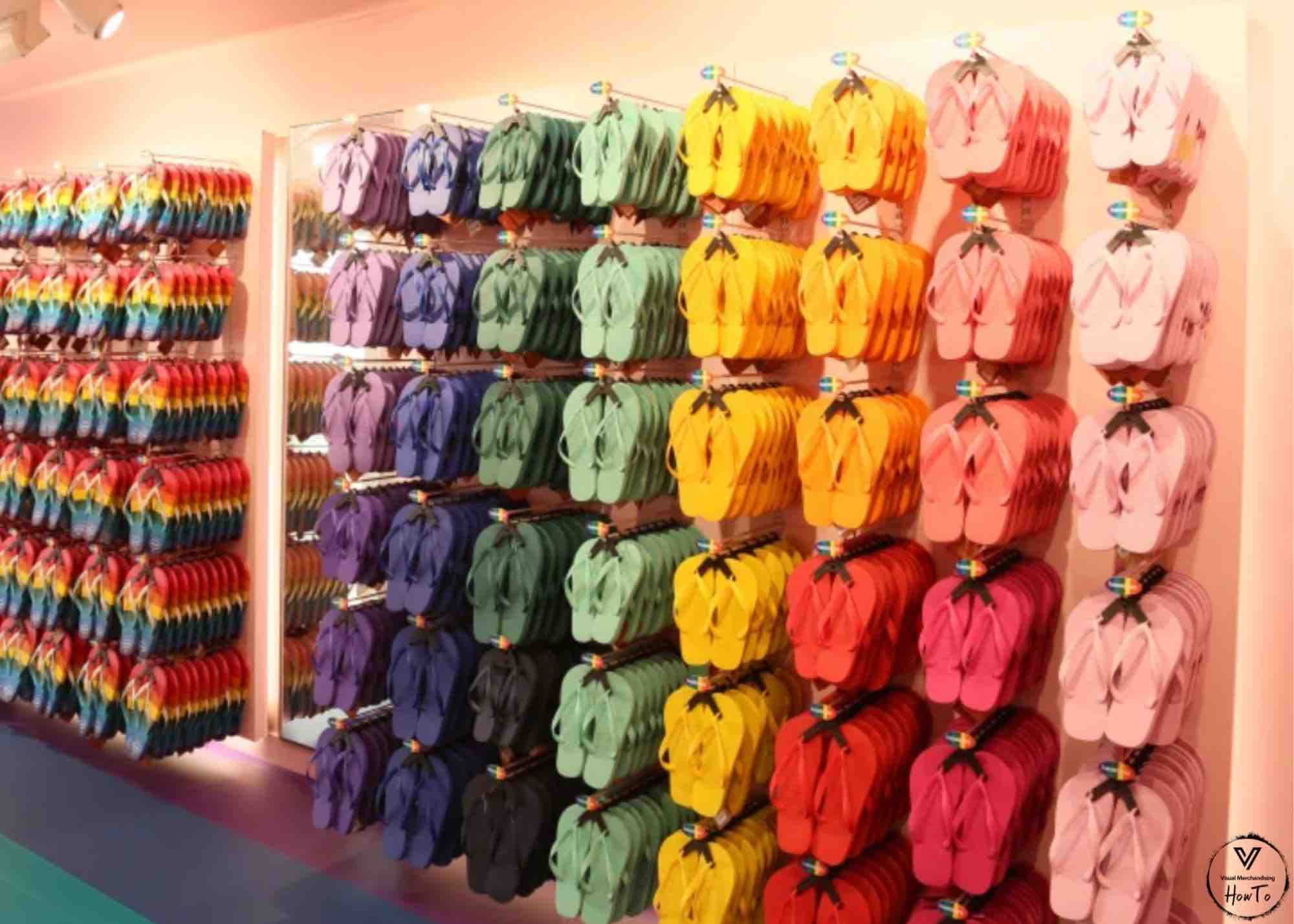
Many times, when we go to the grocery store or to any other store, we look for products based on the color and the image that we associate with them and that we are familiar with. We only spend a few seconds per item choosing what it is that we are going to purchase. Most shoppers only have a finite amount of time to shop, so the ability to find what they are looking for quickly is essential. Color blocking can help to draw the attention of the shopper and help to encourage them to purchase that item.
What is Color Blocking Strategy?
The use of color blocking for any company or any product is not easy and takes a lot of planning and mapping out. This is definitely NOT true! Creating a color blocking strategy takes time and effort. This is due to the fact it needs to be not only eye catching but effective.
Think back to the Oreo example for instance. We associate Oreos with that bright blue packaging the cookies are in. Another example is the bright yellow of plain Lays potato chip. Red is associated with McDonald’s and even the red of Solo cups. These colors are associated with these items for so long that we automatically make the association with that color. Mad Strategies states, “The use of color blocking started in the world of fashion. Color blocking is noticeable in the creation of clothes, handbags and shoes. This is what makes everything pop!, combining solid blocks of color together to make a bold statement.”
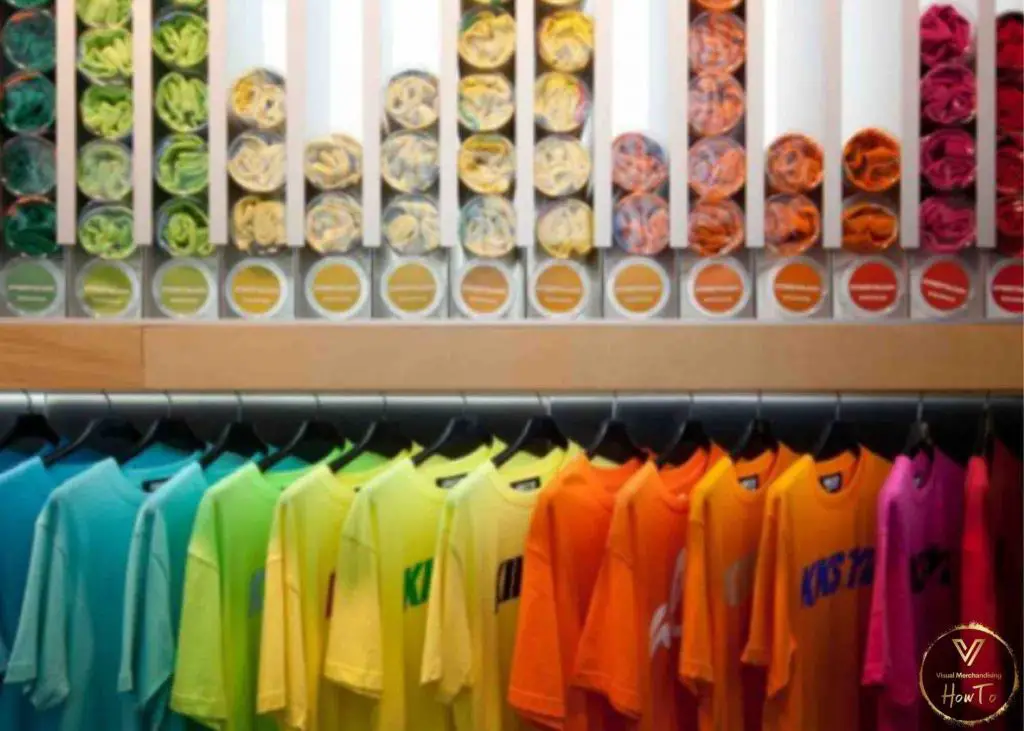
The next step that companies have to surmount is to use the colors to make the brand distinctive. Other brands try to use the color that we associate to a product to help trick the consumer into buying their product instead. It is important that companies use their color schemes not only to draw the customer in, but also to help make their product stand out among would be copy cats that might try to cash in on the color scheme that has become so well known.
Things for companies to consider is where the product is being sold and comparison to similar products in the area. For instance, products like cola will be relatively the same color across the board. Companies are going to use colors that they feel will help the product stand out among other, similar products.
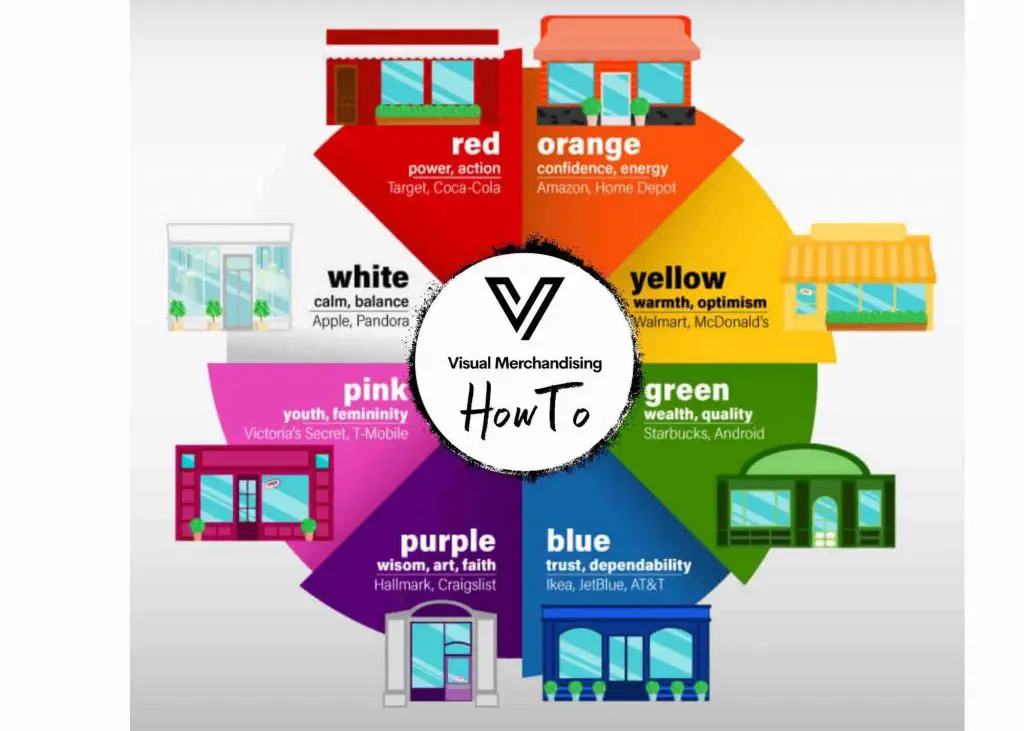
In cases where the product looks similar to the other products that might be sold near it, it becomes important to make your products stand out; what better way than by the use of color. According to ECRM, “It’s a subliminal technique that the average consumer doesn’t notice, but that works in creating an attractive experience that leads them to take action and buy multiple flavors or items.”
It is also important to put personal bias aside when creating a color blocking strategy. Though someone might not feel that a specific color works in their own opinion, it is so important to take the time to truly consider the strategy and put the personal bias aside in favor of a strategy that is going to work and that is actually going to help sell product. With a strategy like color blocking, you have to be able to put aside personal preference in favor of colors and organization that is actually going to work and that is actually going to drive sales and encourage consumers to purchase products.
Why Does Color Blocking Work?
Humans are visual creatures, we tend to use our eyes and vision more than any other sense. When you walk into a store what is is that one normally looks for? Preferably products that look familiar. We tend to look for things that we can associate with what we are looking for. The use of visual cues helps guide our attention and find what it is that we are looking for.
Color is one of the first things that consumers notice and it does help to draw the attention of the shopper to certain items. By using color to help drive consumers, merchandisers are able to drive and direct the attention of the shopper to the things that they want them to pay attention to and can also help to direct the sale. Color helps brands create a color identity that people will associate with that product for years to come.
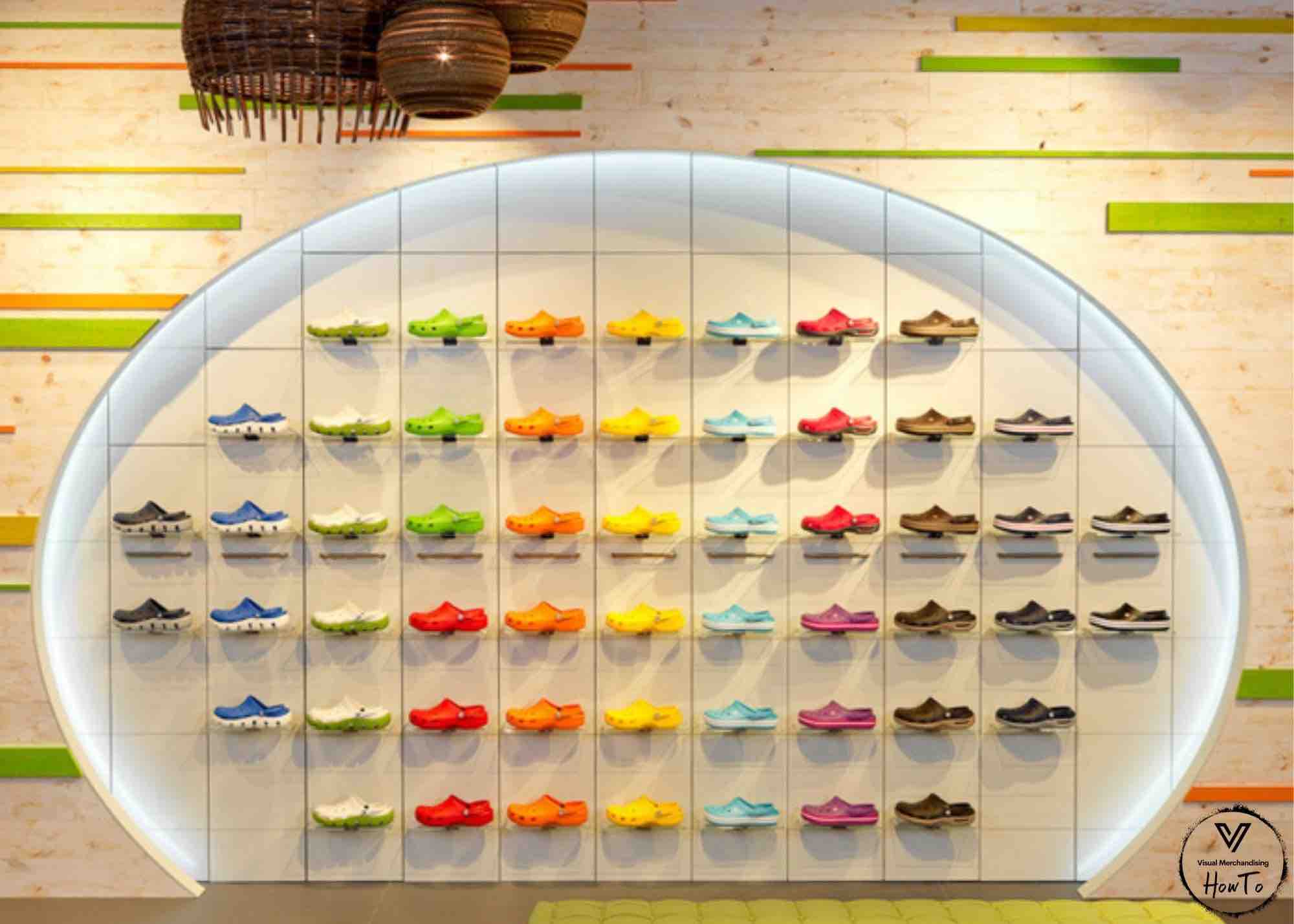
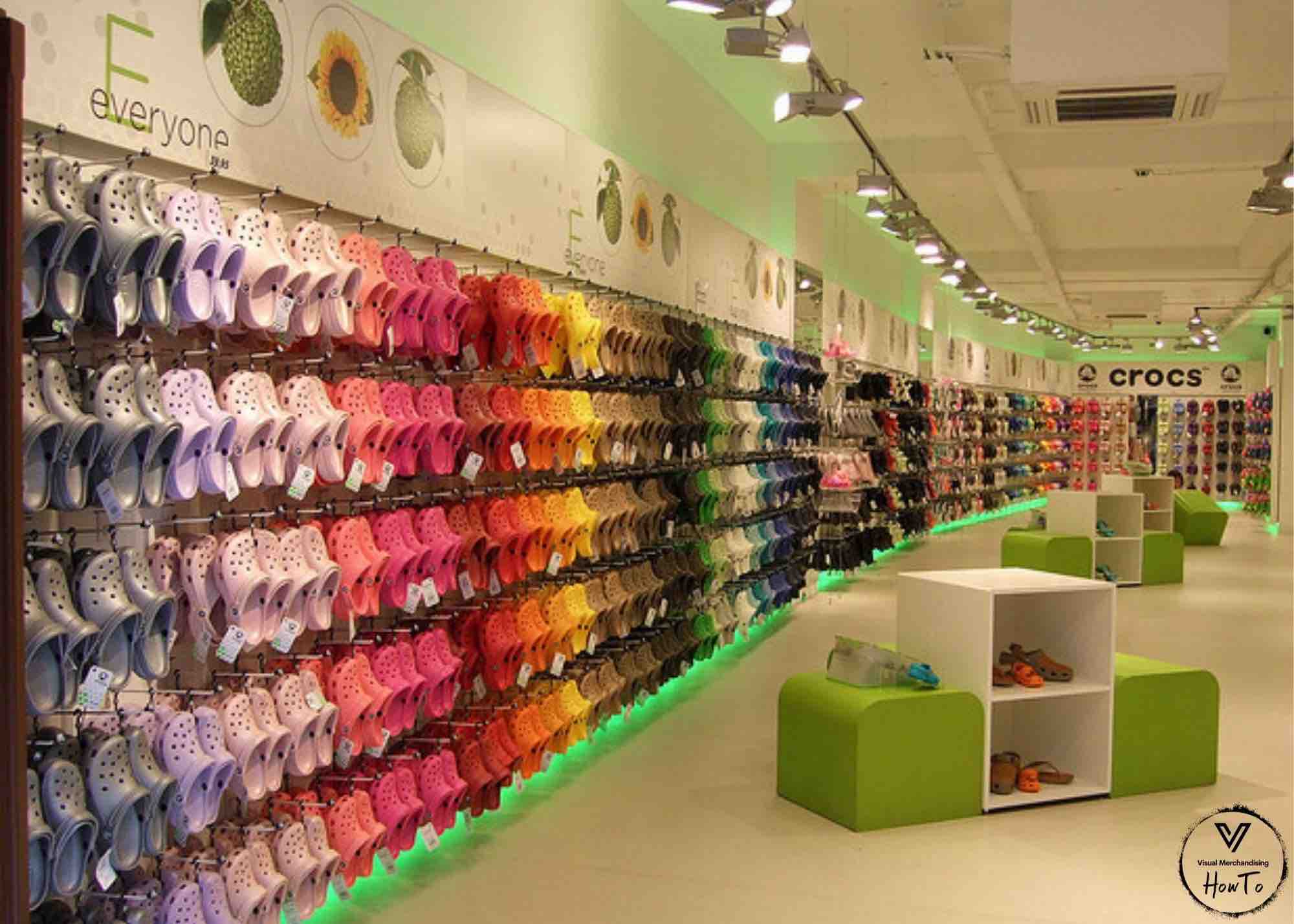
It also helps marketers make items stand out among a sea of other products. Color can affect our moods, it can help influence our purchases, and it can help change the way we shop as a whole Color blocking is an effective means of organizing a space so that consumers can clearly see what is out there and can clearly see what is being offered.
In a world where sameness does have the potential to sway purchases, color is a fantastic way for brands to stand out. This allows for the companies to truly catch the eye and the attention of the consumers. There is countless ways to get the attention of consumers, and color is just one way. Merchandisers and companies alike set their products apart by the use of color blocking and really catch the eye of their consumers.
Other Key Terms:
- How to merchandise clothing by color
- Color and texture in visual merchandising
- Vertical merchandising
- Merchandising color order
- Shelf talkers retail
- Which colour attracts much more to customers or passers-by in window display


